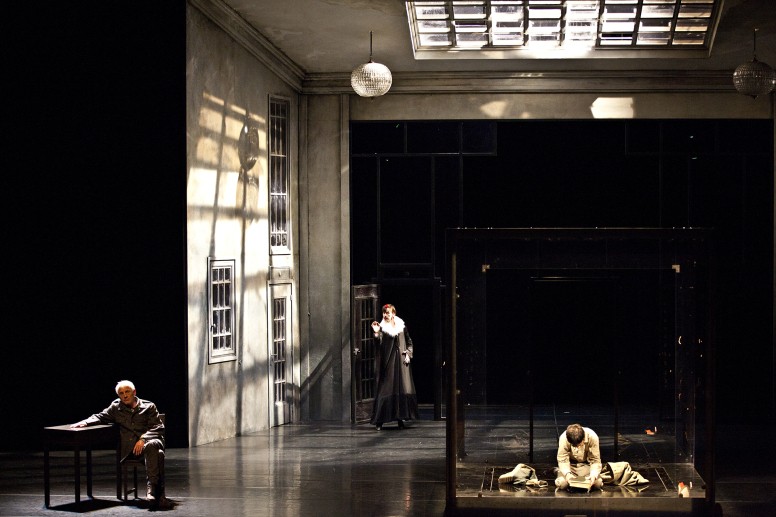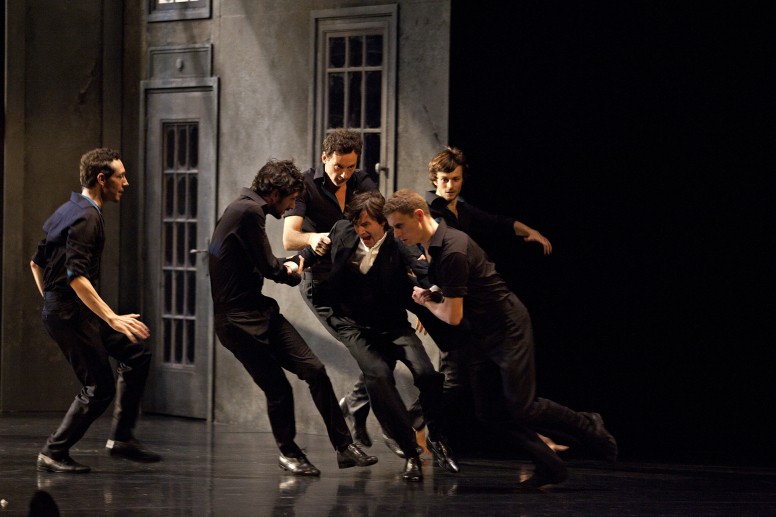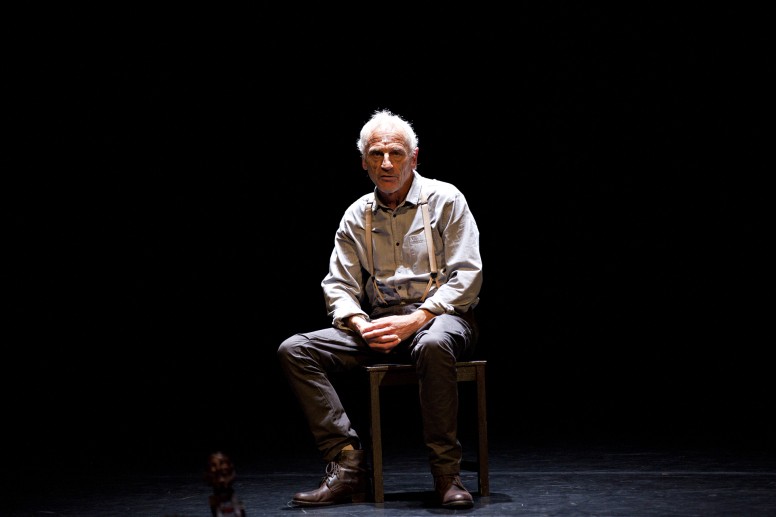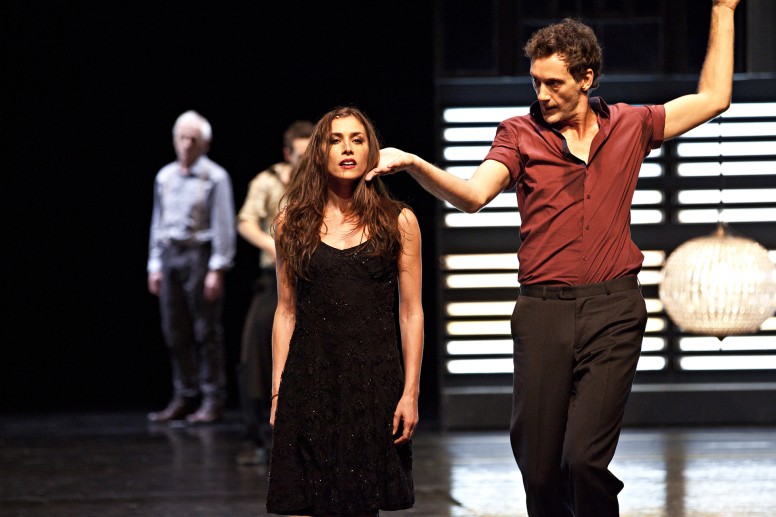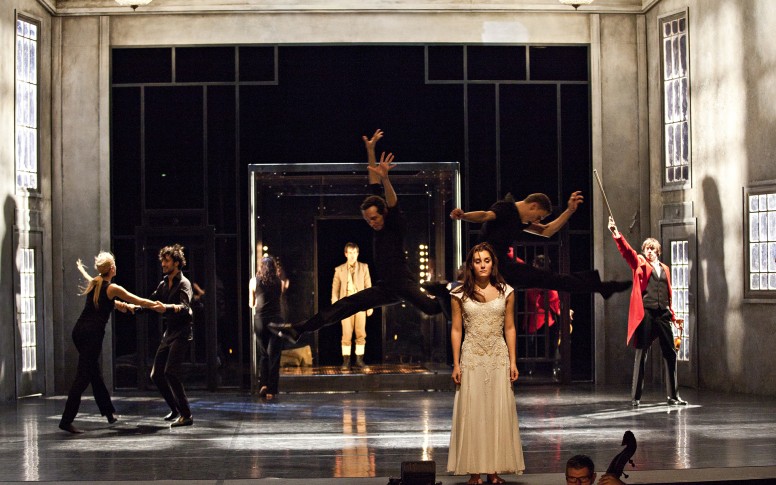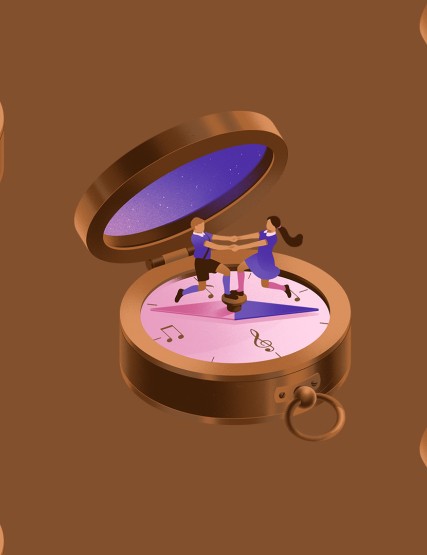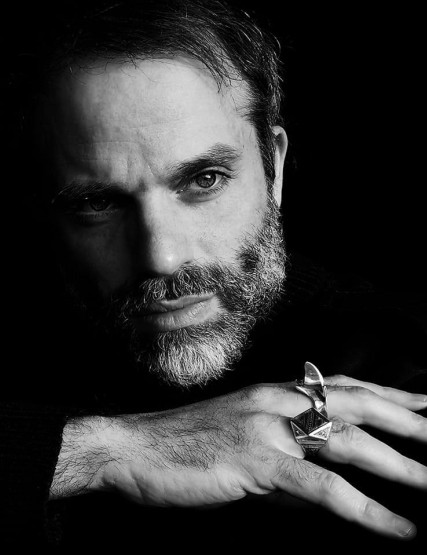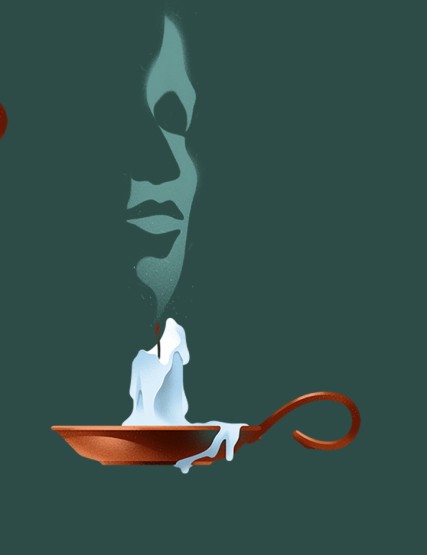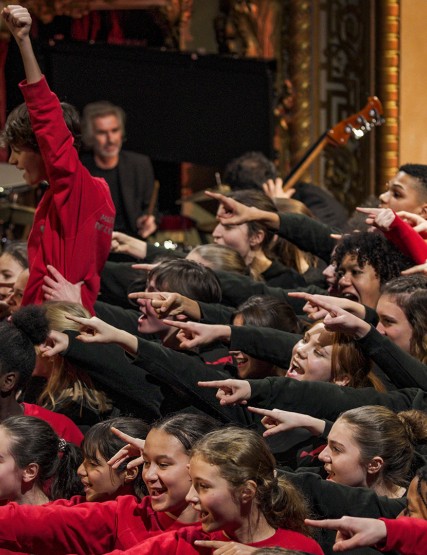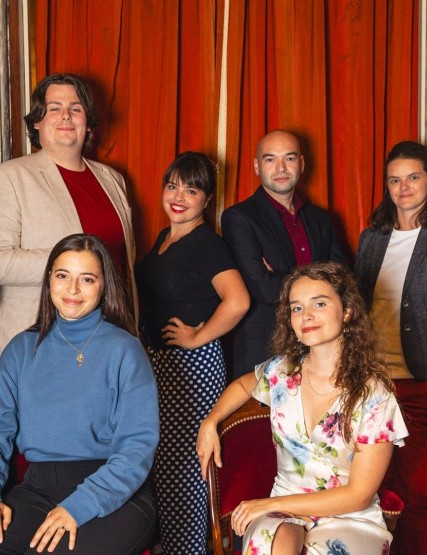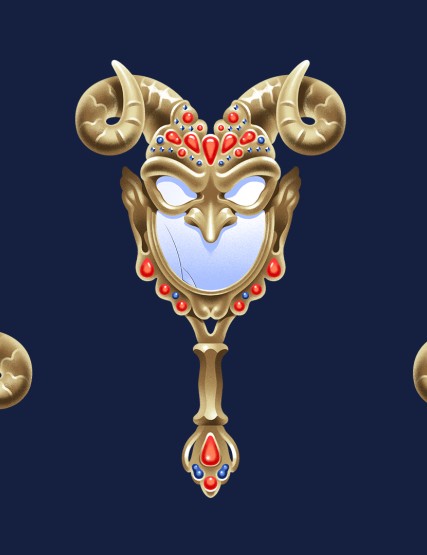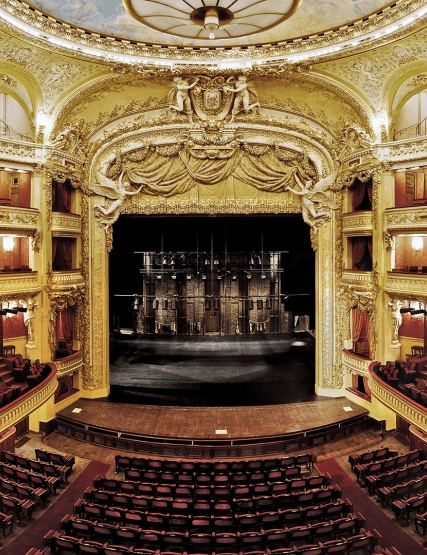Histoire du soldat by Igor Stravinsky. Text by Charles-Ferdinand Ramuz. Premiered on 28 September 1918 in Lausanne
El Amor brujo by Manuel de Falla. Ballet suite with song. Plot by Gregorio Martinez Sierra. Premiered at the Trianon Lyrique on 22 May 1925
Preceded by Romance de la Peine Noire, extract from Romancero Gitano de Frederico Garcia Lorca
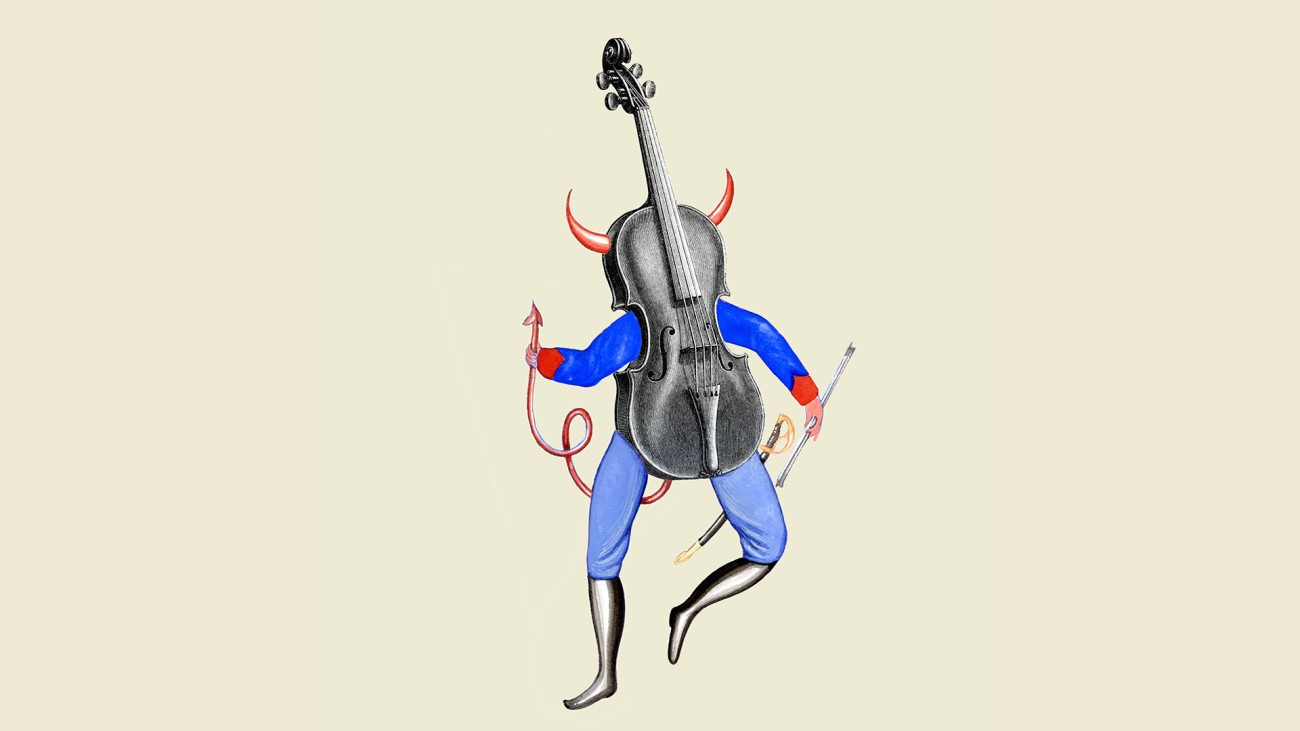
These two interwar works bear witness to the “entrenched cosmopolitanism” of two great explorers of novel dramatic formulas as alternatives to opera: Manuel de Falla and Igor Stravinsky.
Stuck in Switzerland during World War I, Stravinsky summoned a Russian folk tale in order to write along with Ramuz, a writer of authenticity, a production meant for places devoid of opera. A humble soldier facing existential questions that are too burdensome resorts to the Devil. The work displays the influences, tastes and curiosity of a composer open to the world.
Based on Andalusian folklore, El amor brujo portrays the Gypsy Candela who, separated from her lover by her dead suitors, joins him through witchcraft. Manuel de Falla adapted flamenco to symphony.
HISTOIRE DU SOLDAT
The foot soldier Joseph Dupraz is on a fifteen-day leave with his only treasure, a fiddle. On the way, an old man (the Devil) offers him to exchange the instrument for a book that foretells the future. Although he cannot read, Joseph is tempted. And before going back to see his mother and his fiancée, he accepts to spend three days at the man’s place and teach him about the fiddle.
When Joseph comes to his village, three years have actually passed and nobody recognizes him.
The magical book enables him to become extremely rich. But wealth does not make him regain his lost happiness. One day, the Devil visits him disguised as a woman peddler who offers him a fiddle. Joseph cannot draw a sound. Furious, he tears up the book and takes to the road anew. On arriving in a foreign land, he hears the king’s drum announce the princess’s sickness and promise of her hand to whoever can cure her.
In order to recover his fiddle, Joseph plays cards with the Devil and makes him drunk. He loses all his fortune but manages to steal the instrument.
To the princess he plays three dances – a tango, a waltz and a ragtime – that cure her. After getting rid of the Devil, they get married.
Their happiness lasts until the princess asks Joseph to take her to her native village. At the kingdom boundary, the Devil regains his power over Joseph and takes him away forever.
EL AMOR BRUJO
Two Gipsy women are drawing cards. Thus, Candelas learns that her lover does not love her. She hopes to call him back to her through a night spell and a ritual fire dance. She laments on seeing a happy couple. She sadly sings the fisher’s ballad which prompts her to go to a witch.
The access to the witch’s cave is dreadful. Candelas confronts the will-o’-the-wisp, the master of enchantment. Now she can perform exorcism rituals that will enable her to win back her lost love. When the man she loves appears, she pretends to be a fake witch and conquers him again. At dawn he is bewitched by her love.
Music direction, Marc Minkowski • Staging, Jacques Osinski • Choregraphy, Jean-Claude Gallotta • With Olivia Ruiz, Johan Leysen, Arnaud Simon, Alexandre Steiger • Dancers, Groupe Emile Dubois/ Centre chorégraphique national de Grenoble • Orchestra, Les Musiciens du Louvre Grenoble
See all the castSaturday, April 5, 2014 - 8:00pm
Sunday, April 6, 2014 - 3:00pm
Monday, April 7, 2014 - 8:00pm
2:05 - Salle Favart
87, 70, 54, 30, 11, 6€
Cast












Dancers, Groupe Emile Dubois/ Centre chorégraphique national de Grenoble
Orchestra, Les Musiciens du Louvre Grenoble
Co-production, MC2 : Grenoble, Les Musiciens du Louvre Grenoble, Centre dramatique national des Alpes, Centre chorégraphique national de Grenoble, Opéra Comique, Opéra de Lyon
Partnership




